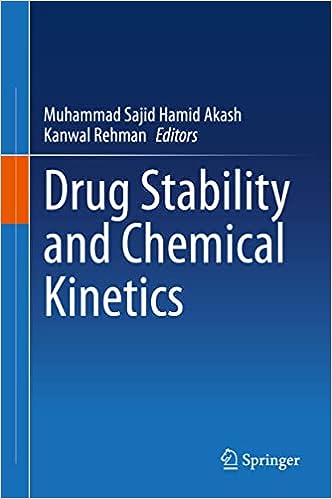Guidelines for Stability Studies as per Japanese PMDA Requirements
1) Purpose
The purpose of this Standard Operating Procedure (SOP) is to provide guidelines for conducting stability studies for drug substances and drug products in accordance with the Pharmaceutical and Medical Device Agency (PMDA) of Japan. This SOP ensures that the stability data generated meets Japanese regulatory standards and supports the quality, safety, and efficacy of pharmaceutical products throughout their shelf life.
2) Scope
This SOP applies to all personnel involved in the design, execution, and documentation of stability studies for drug substances and
3) Responsibilities
Stability Testing Team: Responsible for conducting stability studies, collecting data, and documenting results in compliance with PMDA guidelines.
Quality Assurance (QA) Team: Responsible for reviewing and approving stability protocols and reports, ensuring compliance with regulatory requirements.
Regulatory Affairs Team:
Responsible for ensuring the study design and results meet the regulatory expectations of the PMDA.4) Procedure
4.1 Preparation for Stability Testing
4.1.1 Obtain and review the latest version of the PMDA guidelines for stability testing.
4.1.2 Identify the drug substance or product to be tested and determine the type of stability study required (e.g., long-term, accelerated, or intermediate).
4.1.3 Develop a stability protocol that includes study design, testing schedule, storage conditions, and testing parameters as per PMDA guidelines.
4.2 Selection of Batches and Samples
4.2.1 Select representative batches of the drug substance or product, typically three primary batches manufactured using the proposed production process.
4.2.2 Prepare sufficient samples to cover the entire study duration, considering the number of time points and tests to be conducted.
4.3 Defining Storage Conditions and Time Points
4.3.1 Define the storage conditions as per PMDA guidelines, typically including:
- Long-term stability: 25°C ± 2°C/60% RH ± 5% RH
- Accelerated stability: 40°C ± 2°C/75% RH ± 5% RH
- Intermediate stability (if needed): 30°C ± 2°C/65% RH ± 5% RH
4.3.2 Establish the time points for sampling, such as 0, 3, 6, 9, 12, 18, and 24 months for long-term studies, and additional time points for accelerated or intermediate studies.
4.4 Conducting the Stability Tests
4.4.1 Store samples under the defined conditions, monitoring temperature and humidity to ensure compliance with the set parameters.
4.4.2 At each specified time point, remove samples and conduct stability-indicating tests, including physical, chemical, microbiological, and functional tests, as applicable.
4.4.3 Record all results meticulously in stability data sheets, ensuring accuracy and traceability of data.
4.5 Data Analysis and Documentation
4.5.1 Review the stability data to identify any trends, deviations, or out-of-specification (OOS) results.
4.5.2 Investigate any OOS results, document findings, and implement corrective actions as necessary.
4.5.3 Compile a stability report that includes a summary of the study design, results, conclusions, and recommended shelf life and storage conditions for the Japanese market.
5) Abbreviations, if any
PMDA: Pharmaceutical and Medical Device Agency
QA: Quality Assurance
OOS: Out-of-Specification
6) Documents, if any
Stability protocol, stability data sheets, stability testing records, stability report, submission package to PMDA.
7) Reference, if any
PMDA Guidelines for Stability Testing of New Drug Substances and Products.
8) SOP Version
Version 1.0

